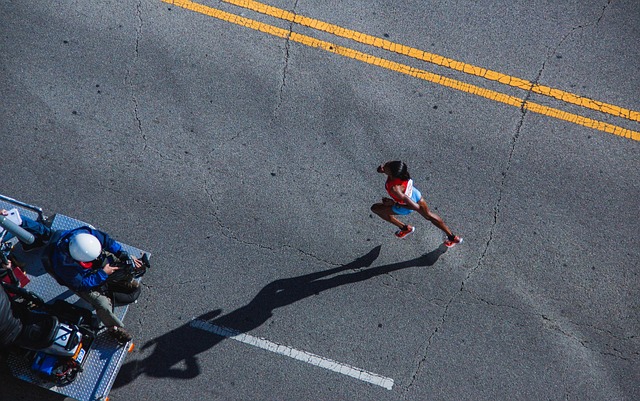Mastering Sports Photography Lighting Techniques with Optics and Camera
Sports photography is a dynamic and exhilarating field that allows photographers to capture the intensity and emotion of athletic competition. However, the challenge of lighting in fast-paced environments can be daunting. To truly master sports photography, understanding how to harness both optics and your camera’s settings is paramount. Whether you’re shooting an outdoor soccer game at dusk or an indoor basketball match, effective lighting techniques can elevate your images from ordinary to extraordinary.
The first step to achieving stunning sports photographs is to familiarize yourself with the capabilities of your camera. Modern DSLRs and mirrorless systems come equipped with advanced sensors that perform remarkably well in low-light situations. However, it’s vital to select the appropriate ISO, shutter speed, and aperture settings based on the available light. For instance, during a late-afternoon game, you might want to boost your ISO to capture that fleeting moment without motion blur, allowing the raw energy of the sport to shine through.
When it comes to optics, the choice of lens can dramatically affect the lighting and overall quality of your sports photography. A fast lens with a wide aperture not only allows more light to enter the camera but also produces a beautiful bokeh effect, isolating your subject from the background. This is particularly effective for capturing individual athletes or pivotal moments during a game. A prime lens, such as a 50mm f/1.8 or a 70-200mm f/2.8, can provide that much-needed light and sharpness, ensuring your photos have the clarity they deserve.
Utilizing natural light is an essential skill for any sports photographer. The golden hour, just after sunrise and before sunset, provides a soft and warm quality of light that can enhance your photographs. Plan your shoots around these times to take advantage of the natural lighting’s transformative qualities. Similarly, understanding how to position yourself relative to the light source can make a significant difference. Shooting with the sun behind you often illuminates the players’ faces, adding character and emotion to your images.
However, outdoor sports photography isn’t the only challenge; indoor sports pose their own unique difficulties. Gyms and arenas frequently have poor lighting, which can lead to grainy images. To combat this, you might need to invest in a fast lens, as mentioned earlier. Additionally, using a camera with a high dynamic range can help capture the details in shadowy areas and bright spots without losing information. Another technique is to use a flash, but this should be done judiciously; it can be disruptive in some sports and may not always yield the desired results. Practice and experimentation with flash power and positioning will lead to better outcomes over time.
Finally, never underestimate the power of post-processing in sports photography. Software such as Adobe Lightroom or Photoshop can dramatically improve your images with just a few adjustments. Tuning the exposure, contrast, and clarity can help bring out the vibrancy of your subjects and the intensity of the action. Furthermore, cropping can help eliminate distractions and focus on the athlete’s determination, pushing your narrative further and crystallizing that moment in time.
In conclusion, mastering the lighting techniques in sports photography requires a harmonious blend of understanding your camera, utilizing the right optics, and being adaptable to different environments. Keep experimenting, refine your skills, and most importantly, have fun capturing the dynamism and emotion that makes sports photography so impactful.




